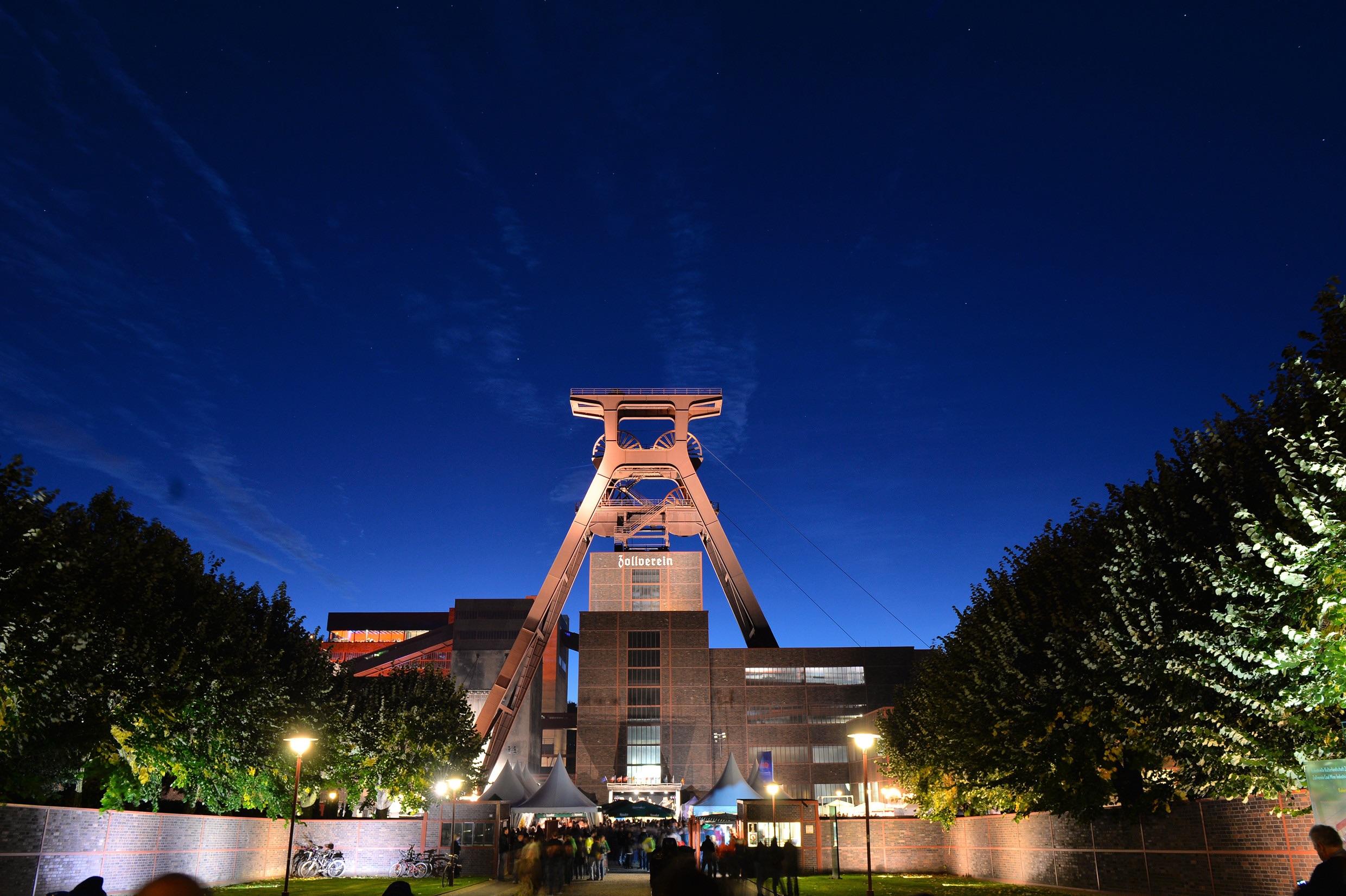Inside the German coal mine that's been transformed from defunct industrial wasteland to a beautiful park for locals
In the countryside outside Düsseldorf lie the scars of a long dead coal mining industry. Chris Beanland visits a former mine that’s gone from eyesore to local hub

The world’s most beautiful coal mine: it sounds like a contradiction in terms, but Zollverein will stop you in your tracks. My first sight of the site is arresting: Shaft 12’s unique double pit head tower, featuring two winding wheels to drag coal to the surface. The pit head tower is, in a sense, generic shorthand for a mine – but this one, double-headed, is literally twice as good, a testament to German engineering innovation. Shaft 12 has also become a kind of shorthand symbol of the city of Essen and the Ruhr region which surrounds it – an odd, sprawling concoction of a dozen towns pock-marked with the handsome scars of former industrial achievements. It’s a land of deserted buildings and post-apocalyptic splashes of unkempt green space.
Surrounding the pit head tower are some refined, modernist brown brick buildings sporting neat lines of windows. These are the beauties to coal mining’s beast. They were designed by Martin Kremmer and Fritz Schrupp, two students of Walter Gropius, who brought the slick Bauhaus style to the world of grit, grime and gloom. They were finished in 1932 but few of the thousands who toiled here ever saw them – their days of hacking, drilling and sweating began and ended in darkness.
You can go inside these unique, Unesco World Heritage-designated buildings on English language tours every Saturday and Sunday at 3pm. Over two hours (and for €9.50 a head), you’ll learn about the history of the 19th-century mine and about the “black gold” that was dug up here to fuel Germany’s industrial revolution.
Slick audio-visual tricks bring the process to life in the coal sorting hall – you’ll hear the sound of the clanking tubs that scuttled around and contained the rocks and coal from below. You can’t go underground these days – the shafts have long been sealed – but you don’t feel the lack. Urbane tour guide Karl – a former heavy industry manager himself – is exceptional, bringing the story to life with verve.
Is this the world's most beautiful coal mine?
Show all 9The old coal washing room – not a place where the dirty rocks were cleaned but rather where the coal was mixed with water on its journey to becoming coke – has been turned into a visitor centre and the official Museum of the Ruhr, telling the story of this enigmatic collection of mines, factories, smelters – and the towns that housed their workers. To get up to the coal washing room, you travel upwards on some of the longest outdoor escalators in the world, their sides illuminated in bright orange light to evoke the fiery past of the place.
But this is only half the story of Zollverein. To fully appreciate its weirdness and wonderful solitude, you need to peel off from the tourist trail and go rambling without a guide or map. Allowing myself to get lost for hours is a dream come true (if you were the sort of child who loved exploring – especially in places where you weren’t allowed – this place is for you). Scrambling up a hill, I see old pipelines stretching into the distance. I squeeze through holes in fences, feel my heart quicken as a I stray onto railway lines that (I’m pretty sure) are not operational any more, and admire the alien shapes of towers and boilers and warehouses. It’s urban exploration at its finest.
There are huge holes in the ground and atmospheric open spaces – Zollverein is a work in progress, still having its rough edges smoothed. From behind some trees, the terrifying outline of a coal cutting machine as tall as a five-storey building looms like a monster with gnashing teeth. Most unexpectedly in this industrial zone, everywhere there is green. The natural world is slowly reclaiming this once-polluted area, and the Zollverein gardeners thoughtfully plant trees and shrubs too. Locals come here to walk, bike and hold outdoor events – in winter, there’s even ice-skating. From industry to nature, from a scar on the landscape to an integral part of it: Zollverein has come full circle.
Essentials
Getting there
Flybe flies to Düsseldorf, 45 minutes away, from London City, Manchester, Southampton, Birmingham, Cardiff, Guernsey and Jersey. From Düsseldorf, regular DB trains connect to Essen Zollverein Nord Station. The journey takes 40 minutes.
Staying there
The writer stayed as a guest of the Swissotel Düsseldorf Neuss. Doubles from €123, B&B.
More information
Subscribe to Independent Premium to bookmark this article
Want to bookmark your favourite articles and stories to read or reference later? Start your Independent Premium subscription today.

Join our commenting forum
Join thought-provoking conversations, follow other Independent readers and see their replies